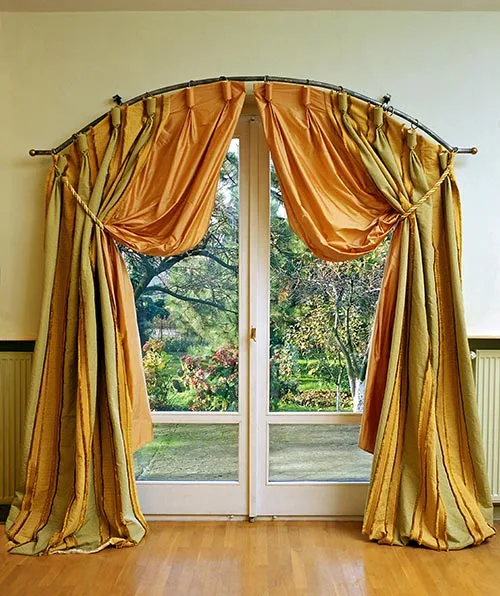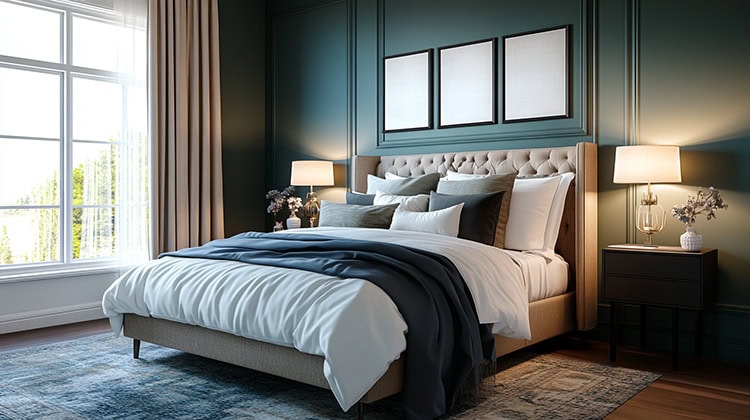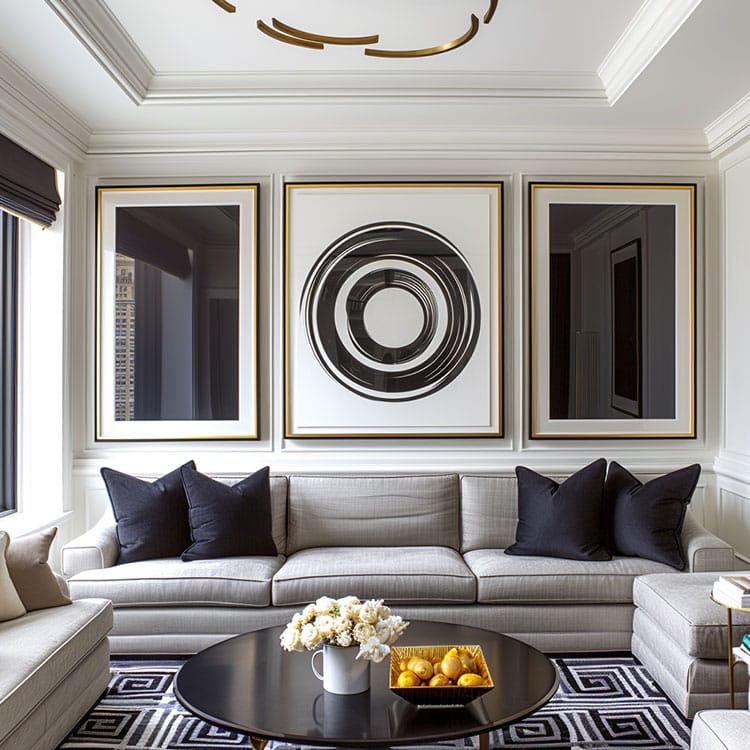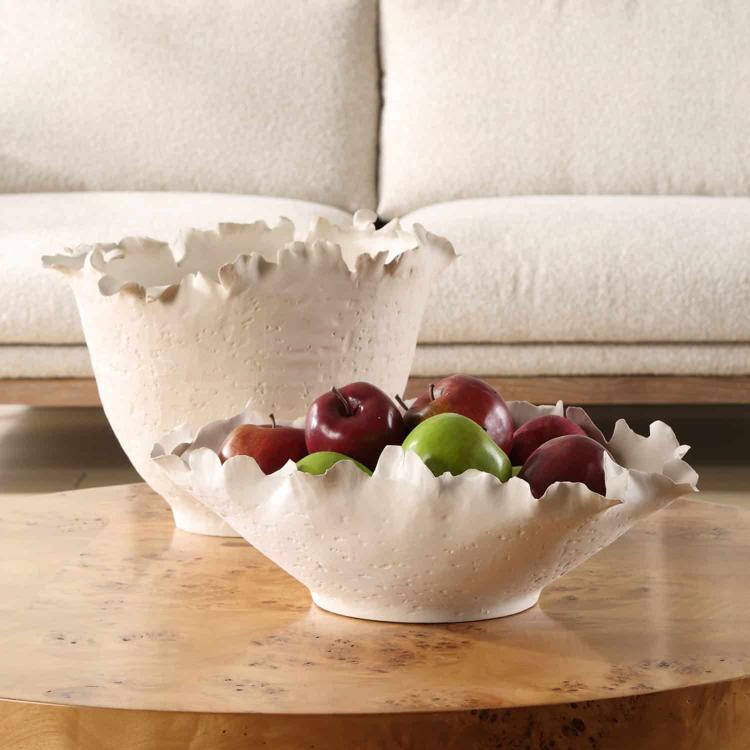
One of the biggest mistakes that homeowners make when it comes to window treatments is getting the proportions wrong. It’s important to understand that scale and proportion are different. Scale refers to the size of an object compared to the space it’s in, while proportion is all about relationships. For example, an overstuffed sofa crammed into a small living room would be a scale issue. Proportion, on the other hand, would be something like a rectangular dish on top of a square table. The dish wouldn’t necessarily look right since it’s not the correct proportion for the table.
Take a look around your home. Are the elements of the room in harmony? What about the windows are they? The harmony comes into play when the scale and proportion work together. If you don’t understand how the two go hand in hand, then you can end up with window coverings that are too small, too skimpy, too top heavy or too side heavy. It’s these little design flaws that make all the difference if you want a finished appearance to your rooms and windows.
The design solution is based off the requirements of the room. Determining whether your window treatments are function or decorative, will help make the selection much easier. Even with purely decorative window treatments, scale and proportion is important. You want to make sure that window treatments are appropriate for the room. Window treatments in simple rooms don’t need to be overdone and they shouldn’t be skimpy in room of a bigger scale.
Tips for Scaling Window Treatments
- Most windows will need 1½ widths of fabric to make a side panel. Two story windows at least two widths are needed.
- Tall window treatments often need a deeper return to hang properly. As a general rule, 5 ½ inches for a single drapery and up to 8-10 inches for exceptionally tall windows.
- Smaller-scale rooms look great with small tight pleated draperies, such as pencil pleats, pinch pleats or fan pleats.
- Pleats need to be over-sized in tall window treatments.
- For top treatments, start by dividing the finished length of your drapery by five or six to determine the approximate finished length.
- Before purchasing rods or rings, take into consideration the size of the room, the height of the windows and the scale of the treatment.
- Tiebacks are the most pleasing to the eye if they are placed high (about 1/3 down) or placed low (about 2/3 down).
If you still find yourself struggling with your window treatment, don’t hesitate to visit us at Interior Fabrics in Houston. Taking time to become more educated about scale and proportion will help in all aspects of design around your home.
















